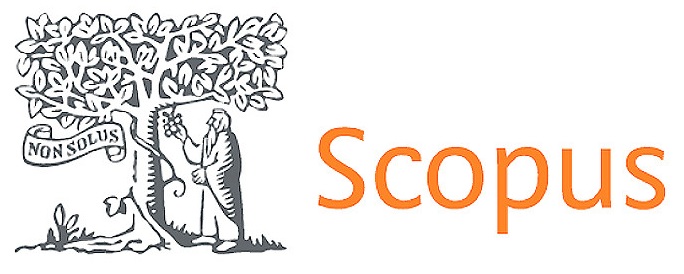Two Channel Model of Illegal Sexual Purchase Intention in Halal Destination
DOI:
https://doi.org/10.56294/saludcyt20252412Keywords:
Sexual buying intention, Moral disengagement, Temptation, Parallel mediation, Illegal purchase intentionAbstract
Introduction: west Sumatra has little scholarly work on sexual purchase behavior, and social taboo suppresses inquiry. Policy makers lack an empirical base and must rely on assumption rather than local evidence. This study fills that gap with destination specific data from a prohibition context. We model intention through two parallel routes: temptation and moral disengagement. Intermediaries elevate anonymity and access, while enforcement and local tolerance shape accountability and norms. The results identify policy and hospitality levers that reduce opportunity structures, strengthen community norms, and protect public and visitor welfare without harm to the visitor experience.
Methods: a cross-sectional survey was conducted among 361 adult visitors in West Sumatra, recruited through intercept-to-online procedures with strict ethical safeguards. Data were analyzed using partial least squares structural equation modeling (PLS-SEM), focusing on indirect effects through dual mediators and testing the robustness of channel-specific associations.
Results: anonymity and intermediaries increased temptation. Strong legal enforcement lowered moral disengagement, and local tolerance raised it. Each mediator predicted intention. All four hypothesized indirect paths received support. The model explained 38 percent of variance in intention and passed predictive checks. Additional tests confirmed separation of the affective and cognitive routes.
Conclusions: the intention to purchase illegal sexual services in prohibition contexts is shaped by dual psychological pathways. Effective deterrence requires interventions that simultaneously constrain anonymity and intermediary access while reinforcing norm-based accountability and legal certainty, thus targeting both affective and cognitive mechanisms of demand.
Downloads
Published
Issue
Section
License
Copyright (c) 2025 Youmil Abrian, Allianza Raghdad Ghaniyah Zafri, Alfi Husni Fansurya, Retnaningtyas Susanti, Arif Adrian, Rian Surenda, Fran Serano Andres (Author)

This work is licensed under a Creative Commons Attribution 4.0 International License.
The article is distributed under the Creative Commons Attribution 4.0 License. Unless otherwise stated, associated published material is distributed under the same licence.



